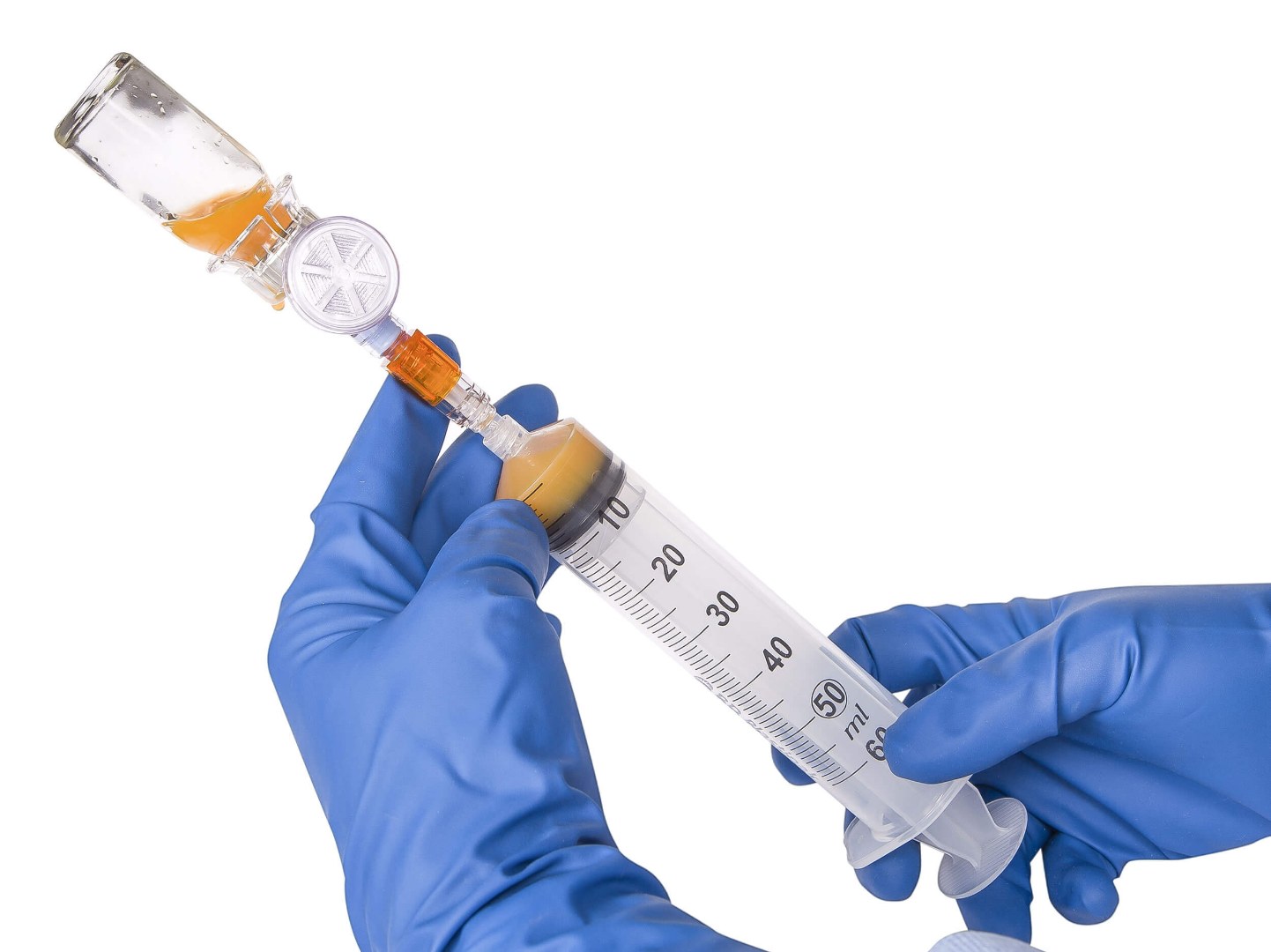CSTD
(Closed System Drug-Transfer Device (CSTD

Overview
NIOSH defines a Closed System Drug-Transfer Device (CSTD) as “a drug transfer device that mechanically prohibits the transfer of environmental contaminants into the system and the escape of the hazardous drug or vapor concentrations outside the system” [NIOSH 2004]. Currently, CSTDs generally follow one of two design concepts, using either a physical barrier or an air-cleaning technology to prevent the escape of hazardous drugs into the work environment. When appropriately designed and used, CSTDs offer enhanced protection against potentially hazardous exposures to healthcare workers during the compounding and administration of hazardous drugs
NIOSH recommends healthcare workers use a CSTD throughout the hazardous drug-handling chain, from pharmaceutical compounding to patient dose administration [NIOSH 2004]. While all CSTDs may not be equally protective, research shows that CSTD use can reduce hazardous drug contamination [Vyas 2013]. CSTDs should not be the only means of worker protection. They
should be used as part of a hazardous drug safety program and used in conjunction with other engineering controls [NIOSH 2004